Language
WORLDWIDE SHIPPING
Fish Preparation Set: Yanagiba Hasaki Series Knife + accessories
was
€115.90
Special Price
€90.00
€73.77
Availability:
In stock
This set of Ambrogio Sanelli for cleaning and preparing fish is the ideal set to use the right tools in the kitchen and work your fish precisely and safely.
The set includes:
No. 1 Yanagiba knife cm. 24 of the Hasaki series by Ambrogio Sanelli with Nitro B X50CrMoV15 special stainless steel blade with nitrogen, which allows to obtain a uniform microstructure with excellent corrosion resistance and a final hardness after heat treatments up to 57-59 HRC .
Sharpening is done on one side of the blade.
Thanks to this feature, the cut material only comes into contact with the blade for a short time and the friction of the cut material is thus reduced to a minimum. This type of wire is ideal for making a long and progressive cut, for finely slicing and filleting fish. A blade sharpened only on one side is believed to cut better and sharper, but requires more skill in its use than a blade sharpened on both sides.
The handle is made of acetal resin (POM), which makes the knife comfortable and perfectly balanced when cutting.
Yabagi Sashimi blade perfect for slicing fish.
Blade thickness 2 mm. No. 1 Oysters-mussels and seafood . Perfect tool for April the shells of your seafood. Total length cm. 18, blade length cm. 6.5 width 2.7 cm. Nylon handle, protection guard 5.5 x 3.8 cm. Sharp blade No. 1 Triangle professional fish scale in stainless steel with interchangeable blade for thin or large scales. The scales of different sizes can be easily removed.
It is sufficient to remove the blades with a simple gesture and to place the blade most suitable for the fish you need to scale. The scales are collected, after being removed, inside the protection with which the fish scale is equipped.
You can keep your workplace clean. The structure is all in stainless steel, the handle in plastic.
Total length cm. 23
No. 1 Stainless steel diagonal cutting pliers , robust, excellent for extracting even large bones from your fish, with diagonal oblique cutting to guarantee excellent grip.
Made of stainless steel, it has a total length of cm. 13.
Width of the oblique cut cm. 1.2
Sharpening is done on one side of the blade.
Thanks to this feature, the cut material only comes into contact with the blade for a short time and the friction of the cut material is thus reduced to a minimum. This type of wire is ideal for making a long and progressive cut, for finely slicing and filleting fish. A blade sharpened only on one side is believed to cut better and sharper, but requires more skill in its use than a blade sharpened on both sides.
The handle is made of acetal resin (POM), which makes the knife comfortable and perfectly balanced when cutting.
Yabagi Sashimi blade perfect for slicing fish.
Blade thickness 2 mm. No. 1 Oysters-mussels and seafood . Perfect tool for April the shells of your seafood. Total length cm. 18, blade length cm. 6.5 width 2.7 cm. Nylon handle, protection guard 5.5 x 3.8 cm. Sharp blade No. 1 Triangle professional fish scale in stainless steel with interchangeable blade for thin or large scales. The scales of different sizes can be easily removed.
It is sufficient to remove the blades with a simple gesture and to place the blade most suitable for the fish you need to scale. The scales are collected, after being removed, inside the protection with which the fish scale is equipped.
You can keep your workplace clean. The structure is all in stainless steel, the handle in plastic.
Total length cm. 23
No. 1 Stainless steel diagonal cutting pliers , robust, excellent for extracting even large bones from your fish, with diagonal oblique cutting to guarantee excellent grip.
Made of stainless steel, it has a total length of cm. 13.
Width of the oblique cut cm. 1.2
FAQs

 IT
IT FR
FR
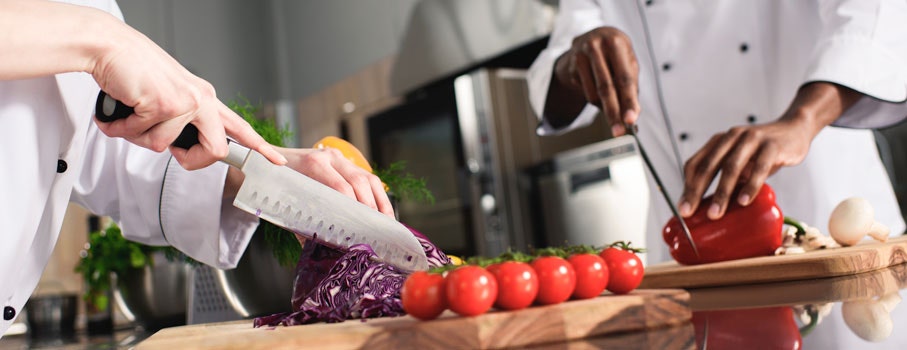
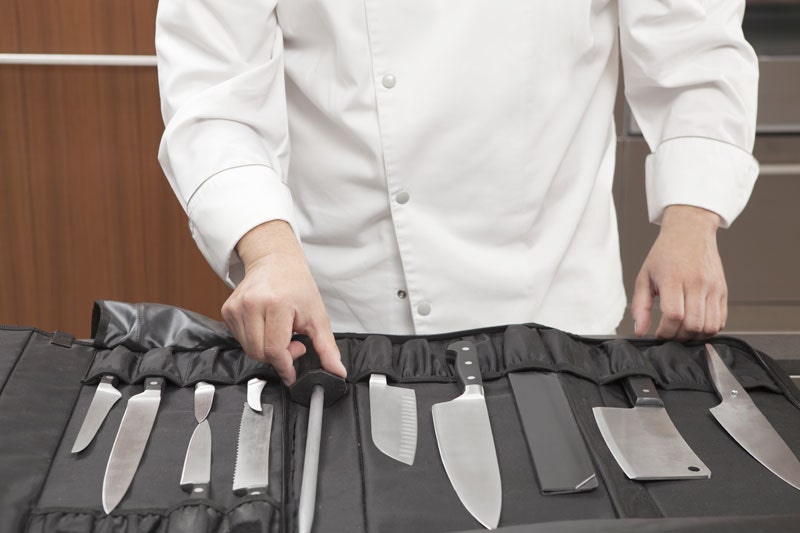
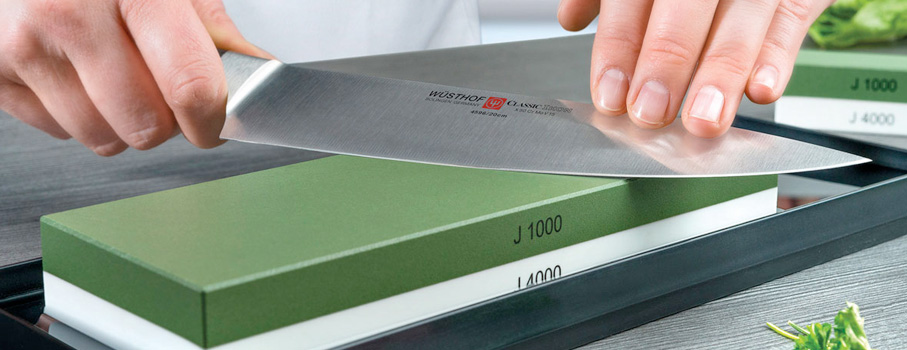
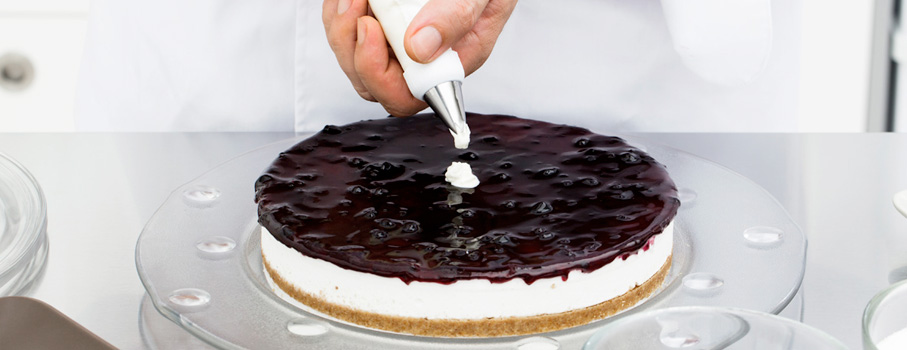

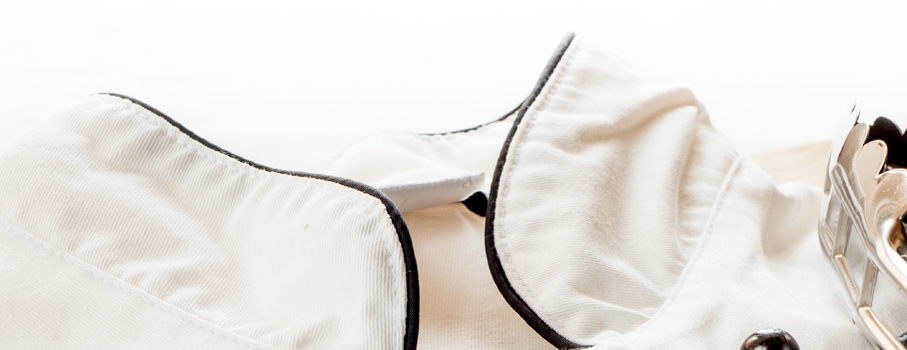
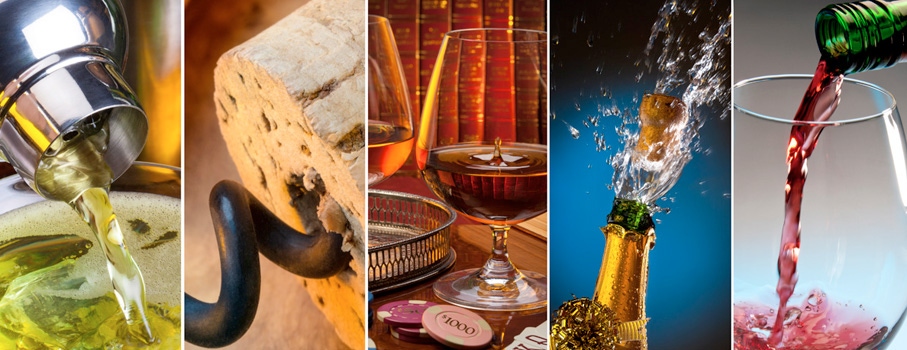
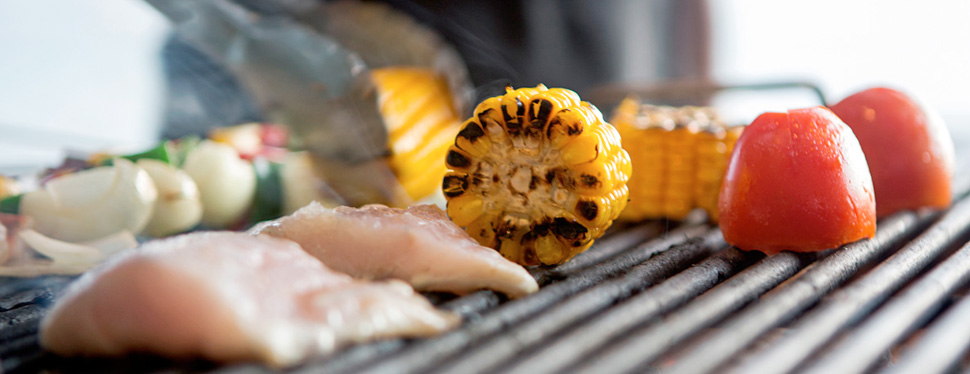

 IT
IT FR
FR
